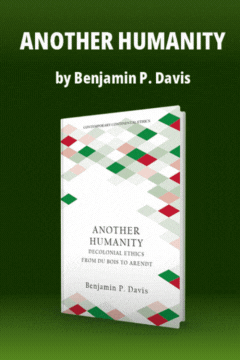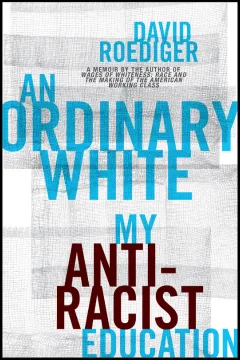Germany: Doubts and Dilemmas
Germany: Doubts and Dilemmas
The German election this past fall followed a pattern that had already been set four years earlier. Then, as now, the Social Democratic Party (SPD) entered a national election with some reason for hope. During the last four years it had been steadily gaining in local elections and Adenauer’s Christian Democrats (CDU) as steadily losing—a trend even sharper than during the equivalent period between 1949 and 1953. In October 1956, for example, the SPD became the dominant party in the most industrialized states of Western Germany, polling 44 per cent of the vote in Northrhine-Westphalia and 47 per cent in Hessen. It gained majorities in almost all the city Councils of the big industrial towns in these crucial states. Data gathered in the early months of 1957 by the Institute of Public Opinion Research at Allensbach led to similar expectations for the national election just ahead.
But these illusions were soon to be shattered: the defeat of 1953 was repeated. Though it i...
Subscribe now to read the full article
Online OnlyFor just $19.95 a year, get access to new issues and decades' worth of archives on our site.
|
Print + OnlineFor $35 a year, get new issues delivered to your door and access to our full online archives.
|






